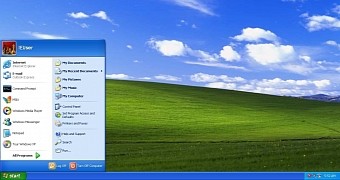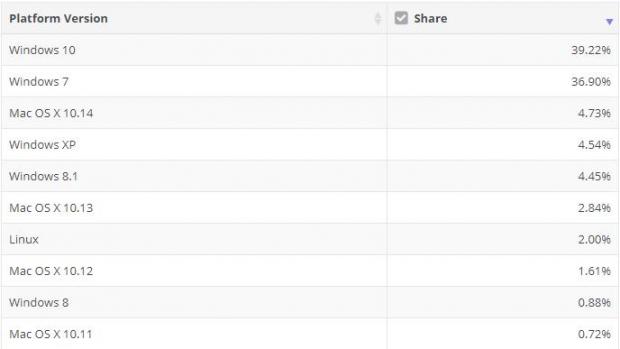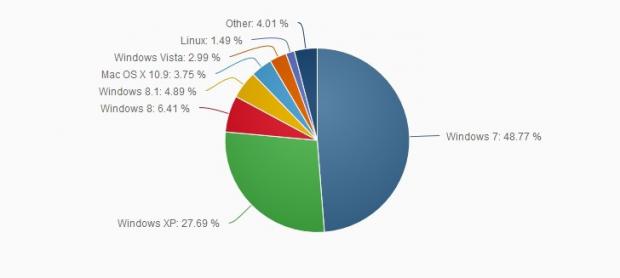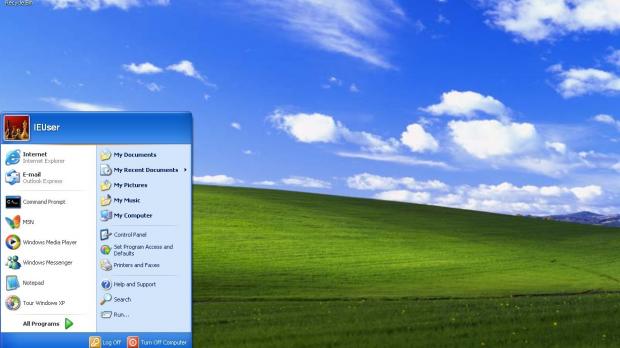I guess everybody agrees that Windows 7 is one of the most successful, if not the most successful version of Windows released so far.
However, the clock is ticking for Windows 7, as Microsoft will retire this particular version in just two months, with the latest updates to be shipped in January 2020.
This is something that Microsoft has reminded on several occasions, and expect the company to increase efforts on making people aware that Windows 7 is going dark in the coming months.
The popularity of Windows 7 has been considered one of the reasons Windows 10’s adoption rate improved at a rather slow pace, as many people just wanted to stick with this OS version instead of moving to the more modern successor. The familiar desktop, the lack of a Microsoft Store and other new features, and the refined performance of Windows 7 made it one of the most popular OS versions in many years.
But now with Microsoft preparing to pull the plug on it, Windows 7 is approaching its end, and just like it happened in April 2014 when Windows XP was pulled, users are recommended to prepare for an upgrade in order to avoid staying with an operating system that no longer gets security patches.
But just like five years ago, retiring Windows 7 is going to be quite a challenge for Microsoft, especially because figures indicate that it’s very likely to become the second Windows XP.
In other words, it won’t go dark without a fight, and certainly, lots of users would continue running it even after support comes to an end.
Last month, Windows 7 was running on 36.90 percent, and it was the first time it dropped to the second place, with Windows 10 now the leading desktop platform worldwide.
These figures look a lot like those of Windows XP one year before its demise. In April 2013, 12 months before Windows XP was scheduled to get the axe, it was the second most-used operating system on the desktop with a share of 38.73 percent. Windows 7 was at that time the leader with 44.73 percent.
Windows 8, which was the newest OS version in 2013, failed to impress, and instead of convincing Windows XP users to upgrade, it actually produced no significant change in terms of market share.
The same happens today, though it goes without saying that Windows 10 is by far more successful than Windows 8. Windows 10 is continuously improving and is right now the leading platform, but again, it’s unlikely it would help kill Windows 7 in the remaining time until January 2020.
For now, Windows 7 continues to be considered one familiar desktop operating system that many people just love, and despite the approaching end of support, it’s unlikely users would migrate en-masse to Windows 10. Because truth be told, there’s no other version that you can choose right now, other than Windows 10.
Five years after its demise, Windows XP continues to be surprisingly popular. NetMarketShare claims Windows XP now has a share of 4.54 percent, which is quite impressive for an operating system launched 18 years ago. The same is very likely to happen with Windows 7 too, especially because it’s so widely-used these days.
Nevertheless, expect the market share of Windows 7 to drop at a faster pace in the coming months, mostly as we get closer to end of support.
As for the reasons you should upgrade before the time comes, there’s not much to say here. Without security updates, Windows 7 would remain exposed to hackers, and given that most Windows versions share the same vulnerabilities, it would be a lot easier for malicious actors to compromise a system running an unsupported operating system.

 14 DAY TRIAL //
14 DAY TRIAL // 



